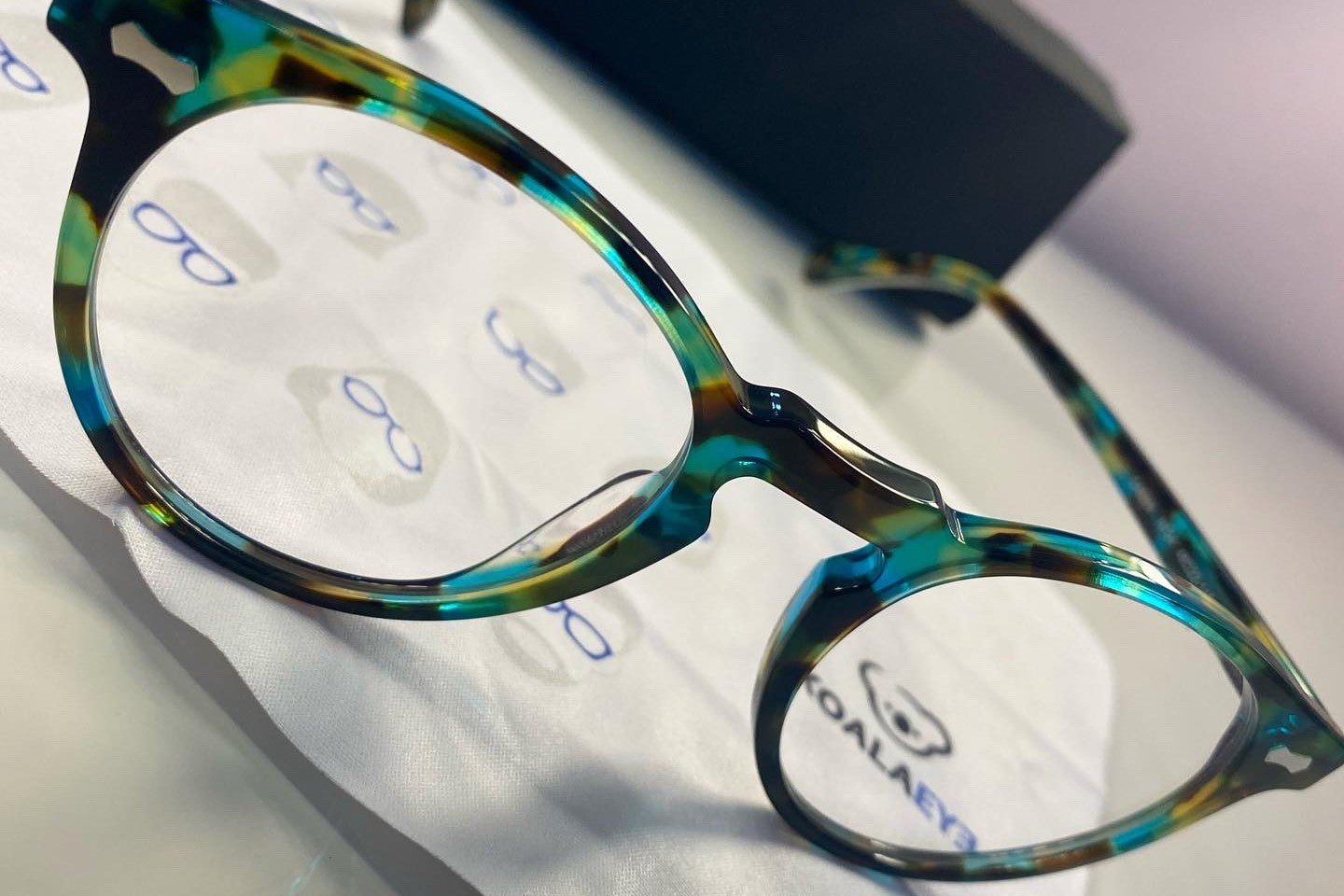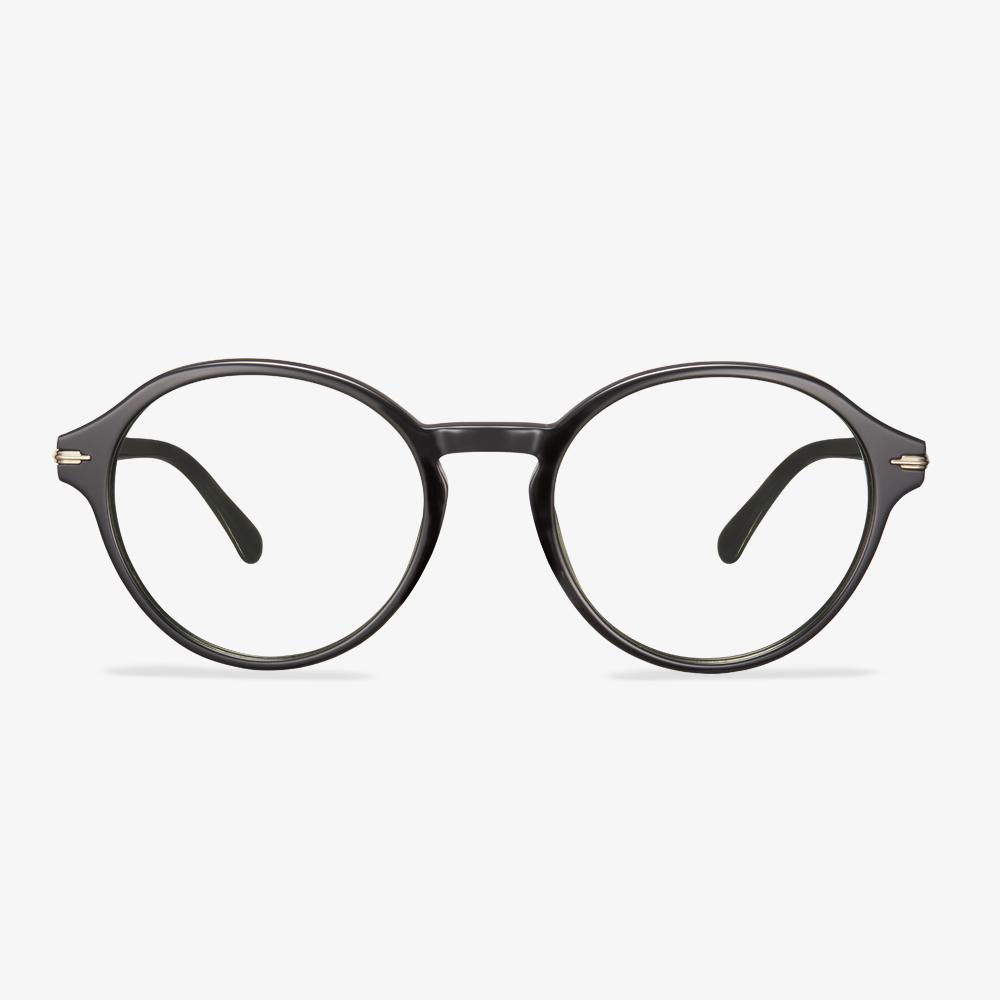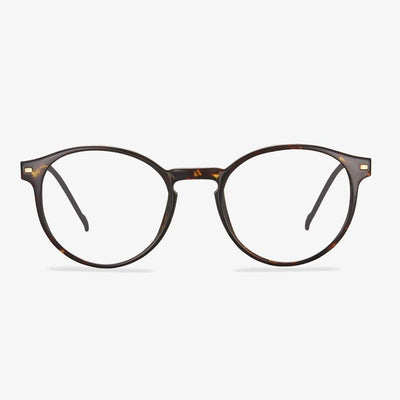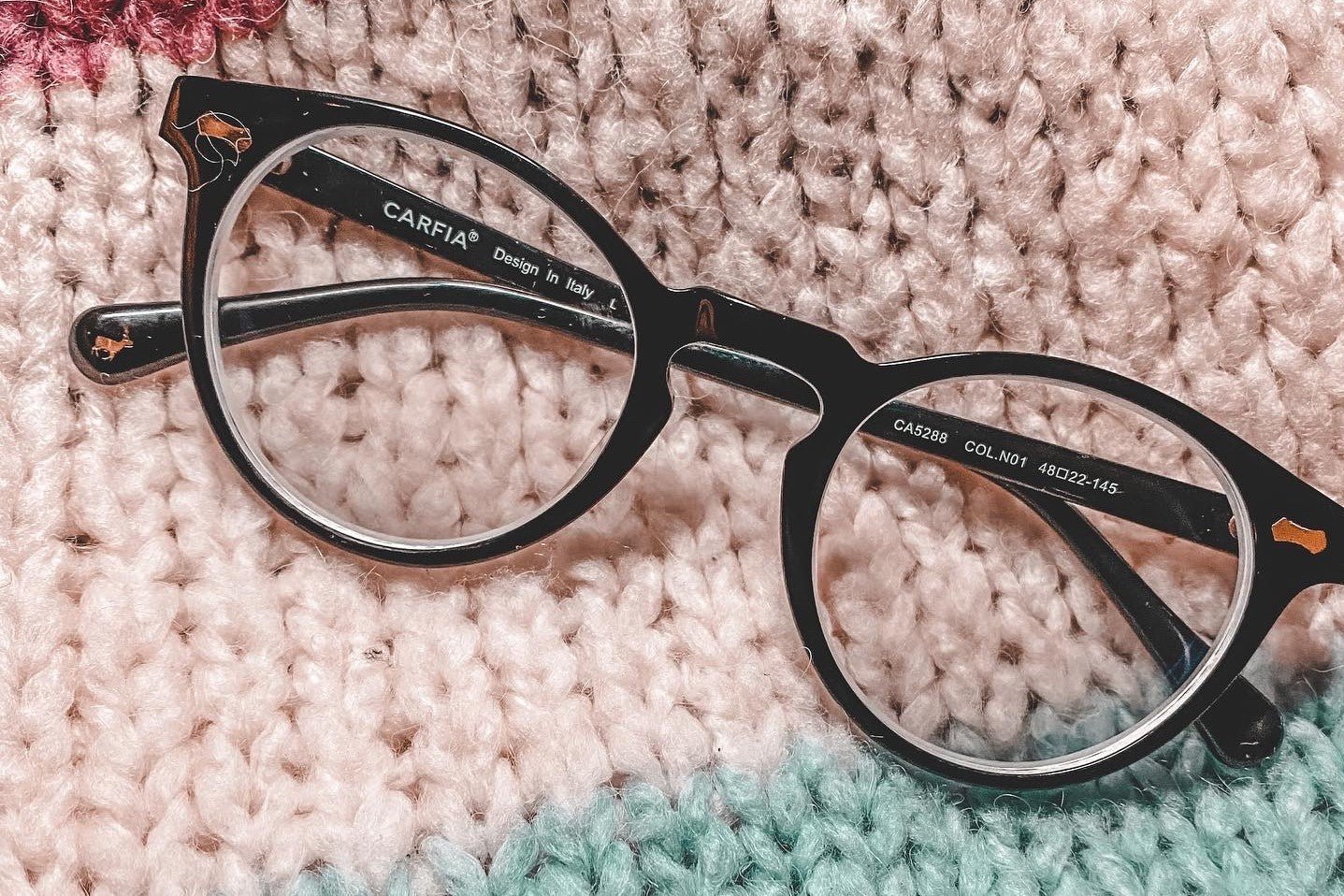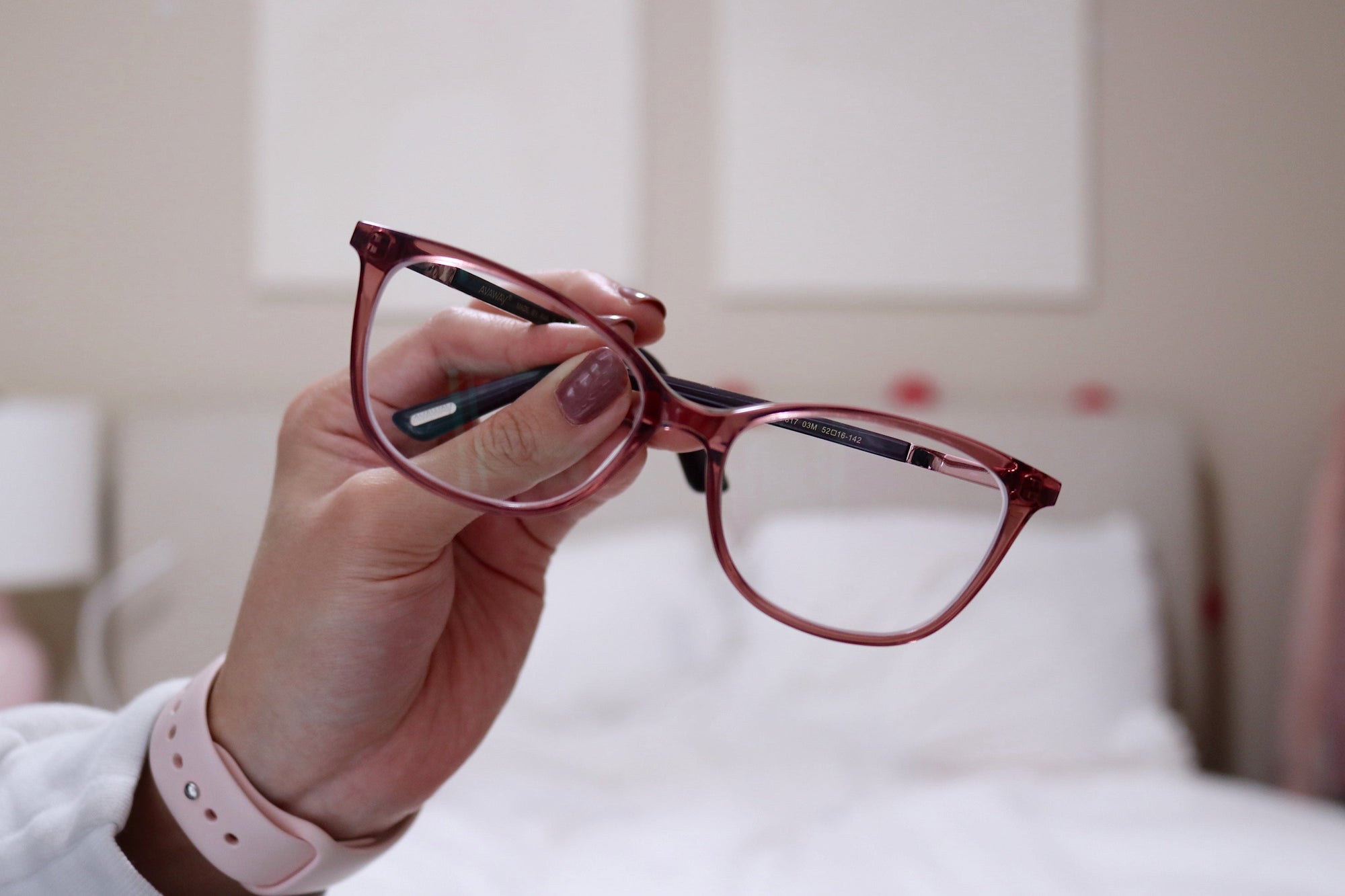What is the function of eyeglasses holder straps?
If your glasses are loose or slip off a lot, or if you have an active lifestyle, the eyeglasses holder straps can be very helpful. This simple device is designed to help you track your glasses and keep them from falling off. Retailers sell eyewear holder straps in a variety of designs, materials, and colors.
What is a drop ball test?
The Drop Ball Test, known as the Basic Impact Test, is an Impact Test administered by the Food and Drug Administration to determine the safety of eyeglasses. Eyeglasses (sunglasses, exercise glasses, near-sightedness glasses, reading glasses, etc.) are a category of medical devices covered by the Food and Drug Administration. When glasses are exported to the United States or put on shelves on Amazon,eBay, and other platforms, they need to be registered by FDA. Besides the product listing, when the product passes the customs, the company may be asked to produce a Certification Statement of Impact Resistance stating that the product meets 21CFR801.410 Drop Ball Test requirements.
The design evolution of progressive lenses
Spherical and aspheric designs
The design of the front surface of the far-use area of the early progressive lens is similar to that of the ordinary spherical single vision lenses, so it is called a spherical progressive lens. Since 1974, the front surface of the far-use region of the lens is designed to be aspheric by designers, which not only reduces the peripheral aberration but makes the lens thinner, lighter, and less powerful.
Hard and soft design
For hard design, the channel is short, and the gradient is large. The near-use area position is high. The effective visual area of remote and near-use areas was larger. Peripheral astigmatism is relatively concentrated. Because surrounding astigmatism increases rapidly and the distribution is dense, the curve effect is more obvious. The gradient area is narrow. It is more difficult and takes longer for wearers to adapt.
Lenses with soft designs have slower gradients, longer gradients, and wider gradients. The angle of rotation of the eye from the far area to the near area is greater. It's easier to get used to. Compared with the hard design, the effective visual area of the far and near use areas is smaller, and the location of the near use area is lower.
Single, diverse, and individualized design
Initially, the progressive lenses used a single design, in which each basic curve was scaled equally and a luminosity combination was added within the range of its semi-finished lens blanks. The steepest base curve uses the same lens design as the flattest base curve. Lenses designers quickly realized that the overall performance of the lens could be improved by microcustomizing the lens design, leading to progressive lenses with multiple designs. This kind of design is called diverse design. By the mid-1990s, there was the emergence of individualized lens designs. In addition to using different gradients, these first individualized lens designs used steeper baseline curves with a slightly larger approach area to compensate for increased magnification and reduced field of view.
Symmetrical and asymmetric design
There is no difference between the left and right eyes in the symmetrical design of progressive lenses. As the eyes turn inward when they see near objects, the gradual gradient area gradually tilts to the nasal side from top to bottom, so the left/right progressive lenses should be rotated clockwise/counterclockwise respectively during processing. An asymptotic lens with left and right eye divisions is called an asymmetric design. The gradient is gradually and moderately inclined to the nasal side from top to bottom. The refractive force, astigmatism, and vertical prism of the two sides of the left and right gradient of the asymmetric design lenses are basically similar. At the same time, considering the characteristics of eye movement parameters in binocular vision, the peripheral aberrations of the corresponding positions of the left and right lenses were appropriately balanced to improve the visual effect of the wearer.
Benefits of glasses with nose pads
Glasses with nose pads reduce the load on the bridge of the nose and make them more comfortable to wear. In addition, glasses with nose pads can have a non-slip effect, especially for people with a low nose bridge. It will be much more comfortable to choose glasses with nose pads, so there is no need to worry about the trouble of holding the glasses all the time.
How do bifocal reading glasses work?
Bifocal reading glasses have two different lenses on the same lens. The top of the lens is your normal distance prescription, while the bottom is for close-up viewings, like reading. The two lenses allow you to alternate between them by moving your eyes up and down as needed. A bifocal lens is a type of lens that has two different areas of vision: one for close range and one for long-range. Typically, the upper section covers remote vision and the lower section covers reading. With a traditional bifocal lens, you can see the difference between the two lenses because the lower curve is a little different.
What Are Computer Glasses?
Computer glasses or glasses for computer are prescription glasses that are designed to wear when doing computer work. They allow you to focus your eyes on a computer screen. There are other activities such as playing piano or shooting requiring a similar custom fitting.
Glasses for computer use are also known as blue light glasses. They block blue light that causes eye strain due to prolonged viewing of digital screens. Blue light is part of the color spectrum, and everyone is exposed to it through sunlight.
The glasses for computer use have a shorter wavelength than other colors and are emitted by electronic devices such as smartphones, TVs, computers and more. The glare from blue light is what causes digital eye strain or other symptoms. But the glasses for computer can protect your eyes from the damage of the glare.
Depending on an individual’s vision and type of work, there are several options while selecting glasses for computer use.
Monofocal: Monofocal or single-vision glasses are designed for computer work so that they provide the appropriate optical correction for the working distance between the screen and the user’s eye. These glasses allow users to view the whole screen with a minimum up-and-down head movement. However, the disadvantage of the monofocal glasses is that both distant objects and reading materials that are closer than the computer screen will appear blurry.
Bifocal: When it comes to glasses for computer screens, the bifocal glasses would be a choice. Bifocal glasses can be prescribed so that the upper segment is set up for screen distance and the lower segment for work. The disadvantage of these bifocal glasses is that it will blurry if the objects are farther away than the screen.
Trifocal: These trifocal glasses for computers have lenses that combine a segment for far vision, another for near vision and the third one for at the screen distance. The disadvantage of these glasses for computer screen is the limitation to view areas.
What is a progressive lens?
A progressive lens is a lens whose upper sides are used to see far, and the lower side is used to see near. The distance from the fixed distance power above the lens to the near power fixed below the lens does not change suddenly, but a gradual transition between the two through the gradual change in refractive power.
Standard progressive lenses are multifocal lenses with three observation areas, farsightedness, intermediate vision, and nearsightedness. Unlike bifocals, there are no visible lines between each viewing area. They have a seamless, invisible design, where the optical power changes 'gradually' throughout the lens. Many people confuse 'bifocal' or 'trifocal' with 'progressive' but remember that bifocals and trifocals have visible lines in the lens, while progressive lenses do not. Because progressive lenses have no lines in the lens, they are more popular multifocal lenses than bifocal lenses. However, is progressive lens good for eyes?
















